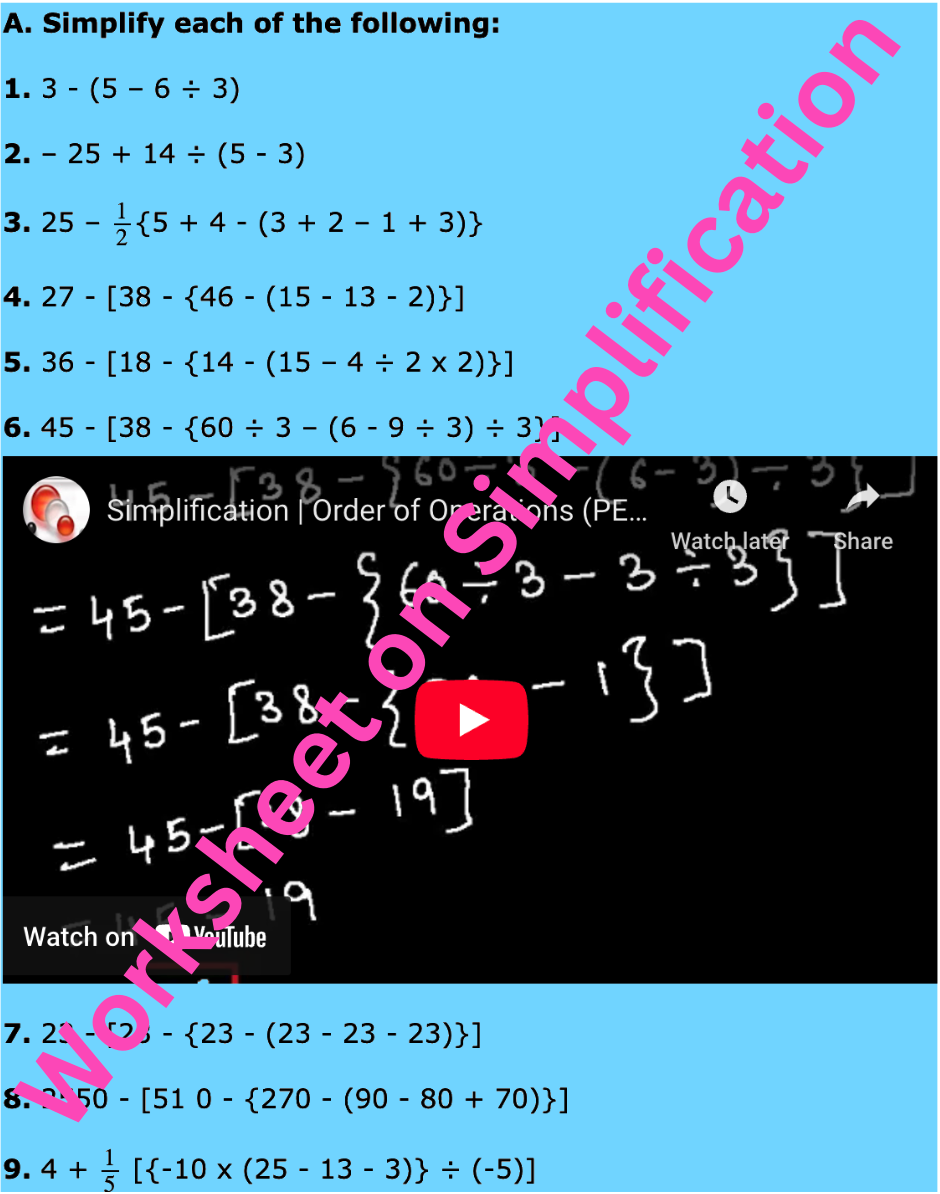Cost Price, Selling Price and Rates of Profit and Loss
We all go to shopping malls, markets, grocery shops and other shops to buy clothings, vegetables, grocery objects, etc. All of these objects have some maximum price mentioned on them. Often we tend to bargain for the objects we purchase. Sometimes we get objects at the bargained price while many a times the shopkeeper is not in the mood to negotiate and we have to buy the object at the price mentioned on the object.
Let’s suppose a case where you go to a shopping mall to buy a brand new Nike t-shirt. You enter the showroom and choose a t-shirt with Rs 900 written on the price tag of the t-shirt. You find 10% off written over there. Now the price written on the price tag, i.e., Rs 900 is the actual price at which the t-shirt is to be sold. The off percent written over there is your discount percentage. Now the shopkeeper will subtract this discount percentage from the cost price of the t-shirt and that will become the selling price of the t-shirt and you will have to pay that amount to the shopkeeper.
Cost Price: The price at which goods are or have been bought by a merchant or retailer is known as cost price.
Selling Price: It is the price at which a good or commodity is sold by a shopkeeper to a customer.
Discount percent: It is the off percentage on a good or commodity or a percent that is to be subtracted from actual price of commodity which is to be sold.
A buys a commodity for Rs 50 from B, which B has bought from C for Rs 40.
Thus, the cost price of the commodity for B = Rs 40,
The selling price of the commodity for B = Rs 50
From the above example, it is clear about Cost Price, Selling Price and Discount. Now let us move towards profit and loss.
If the shopkeeper sells a commodity at a price more than the actual value or at the price at which he bought it from another shopkeeper, he will have profit. If he sells the commodity at a price less than the actual value or at a price less than the price at which he bought it from another shopkeeper, he will face a loss. This profit or loss percent can be calculated as:
Profit = Selling Price - Cost Price = S.P. - C.P.
Profit percent = S.P.−C.P.C.P. x 100%
or,
Profit percent = ProfitC.P. x 100%
Loss = Cost Price - Selling Price = C.P. - S.P.
Loss Percent = C.P.−S.P.C.P. X 100%
or,
Loss percent = LossC.P. x 100 %
Profit and Loss
Cost Price, Selling Price and Rates of Profit and Loss
Problems on Cost Price, Selling Price and Rates of Profit and Loss
Understanding Overheads Expenses
Worksheet on Cost Price, Selling Price and Rates of Profit and Loss
Understanding Discount and Mark Up
Worksheet on Discount and Markup
Worksheet on the application of overhead Expenses
Worksheet on Successive Discounts
From Cost Price, Selling Price and Rates of Profit and Loss to HOME PAGE
Didn't find what you were looking for? Or want to know more information about Math Only Math. Use this Google Search to find what you need.
Recent Articles
-
Counting Numbers from 1 to 50 | Match the Number | Missing Numbers
Apr 04, 25 03:46 PM
In counting numbers from 1 to 50, recognize the numbers, count and then join the numbers in the correct number order. Here we mainly need eye-hand coordination to draw the picture and maintain the num -
Counting Eleven to Twenty with Numbers and Words |Numbers from 11 - 20
Apr 04, 25 03:21 PM
Counting eleven to twenty with numbers and words are explained below. One ten and one more is eleven. Eleven comes after ten. One ten and two more is twelve. Twelve comes after eleven. -
5th Grade BODMAS Rule Worksheet | PEMDAS | Order of operations|Answers
Apr 03, 25 03:11 PM
In 5th Grade BODMAS Rule Worksheet you will get different types of problems on mathematical expressions involving different operations, mathematical expression with 'brackets' and 'of' and simplifying… -
Worksheet on Simplification | Simplify Expressions | BODMAS Questions
Apr 03, 25 02:58 PM
In worksheet on simplification, the questions are based in order to simplify expressions involving more than one bracket by using the steps of removal of brackets. This exercise sheet -
Divisible by 2 Video |Test of Divisibility by 2 Trick| Rules| Examples
Apr 03, 25 10:25 AM
A number is divisible by 2 if the digit at unit place is either 0 or multiple of 2. So a number is divisible by 2 if digit at its units place is 0, 2, 4, 6 or 8.





New! Comments
Have your say about what you just read! Leave me a comment in the box below. Ask a Question or Answer a Question.